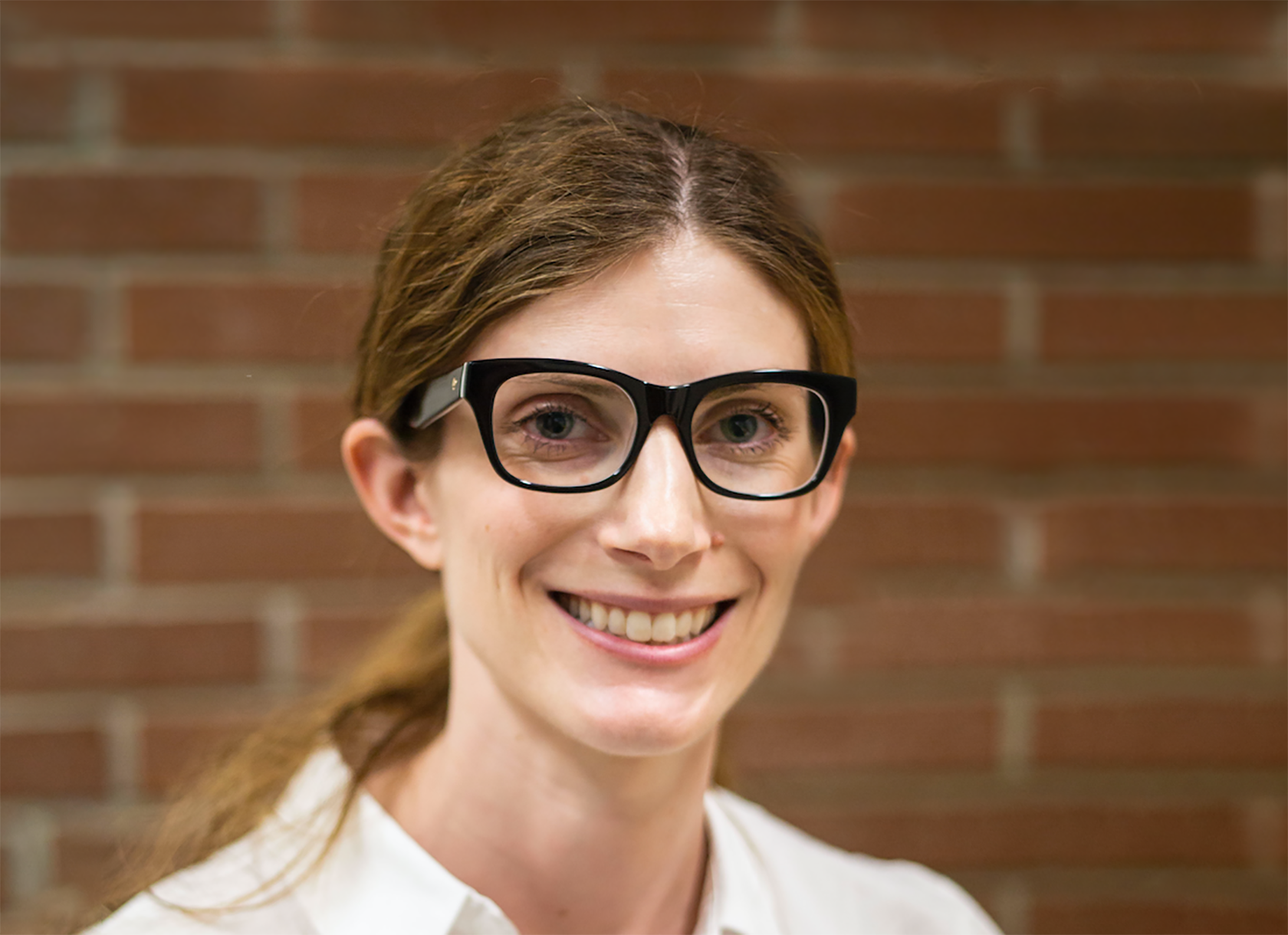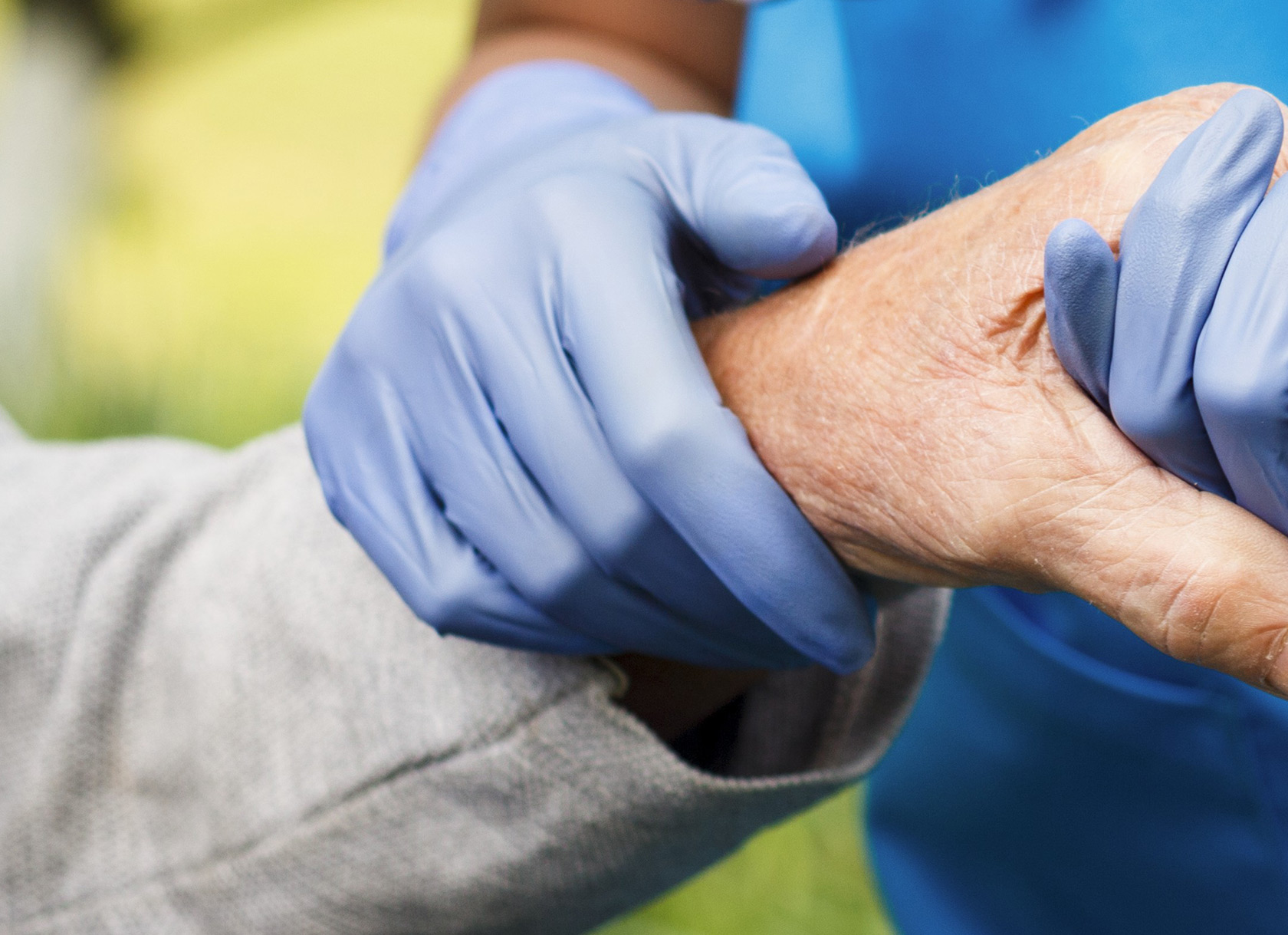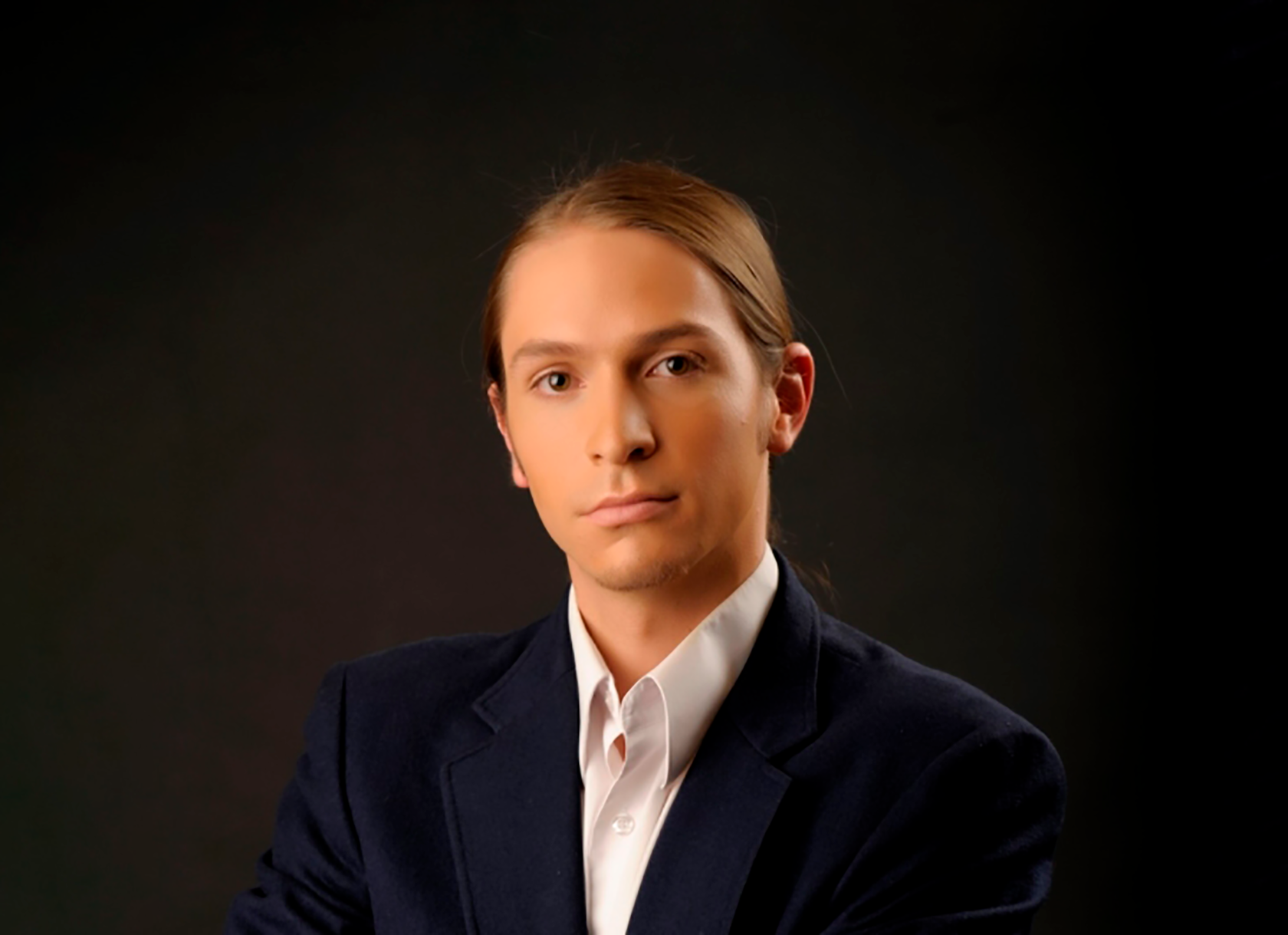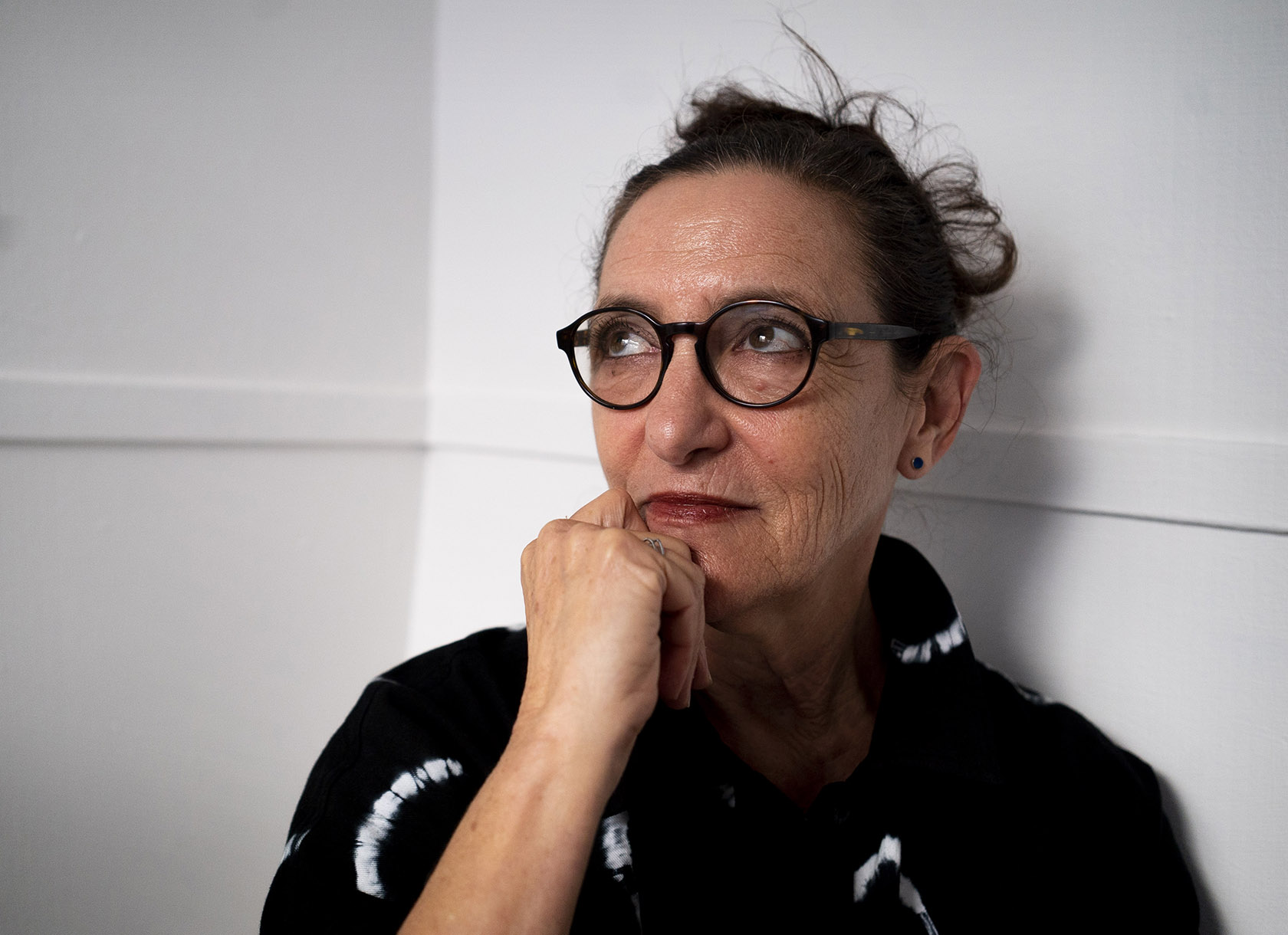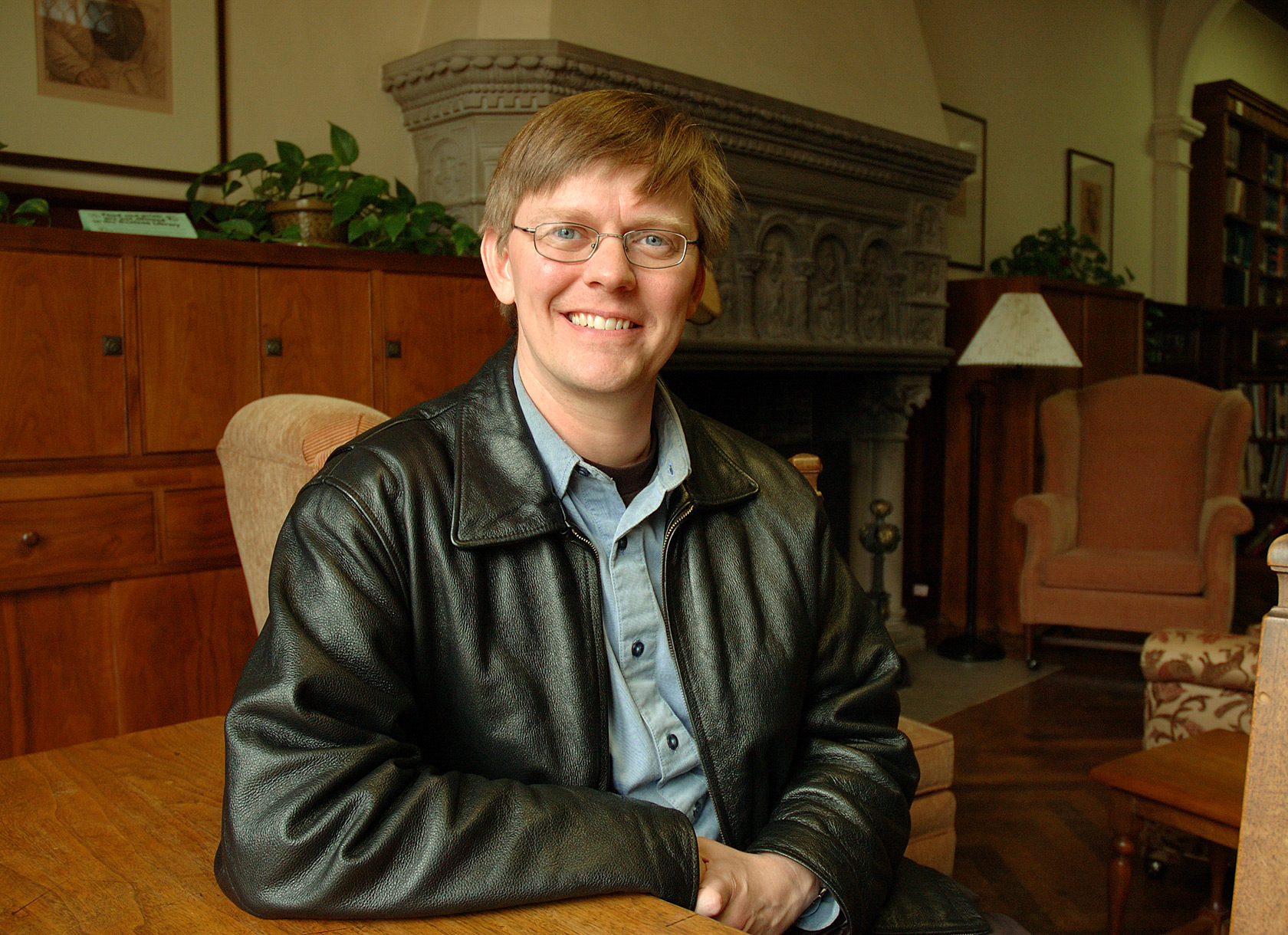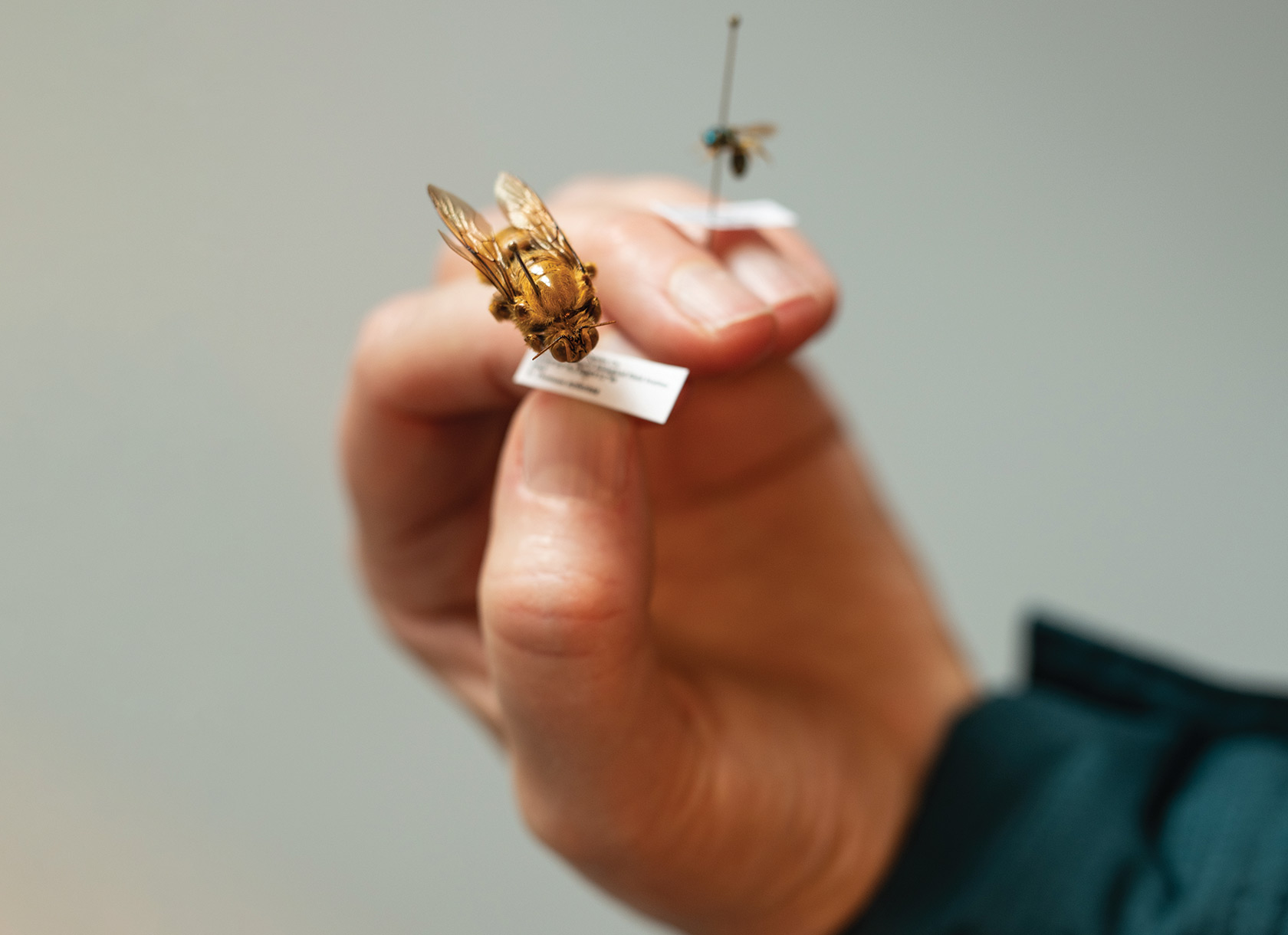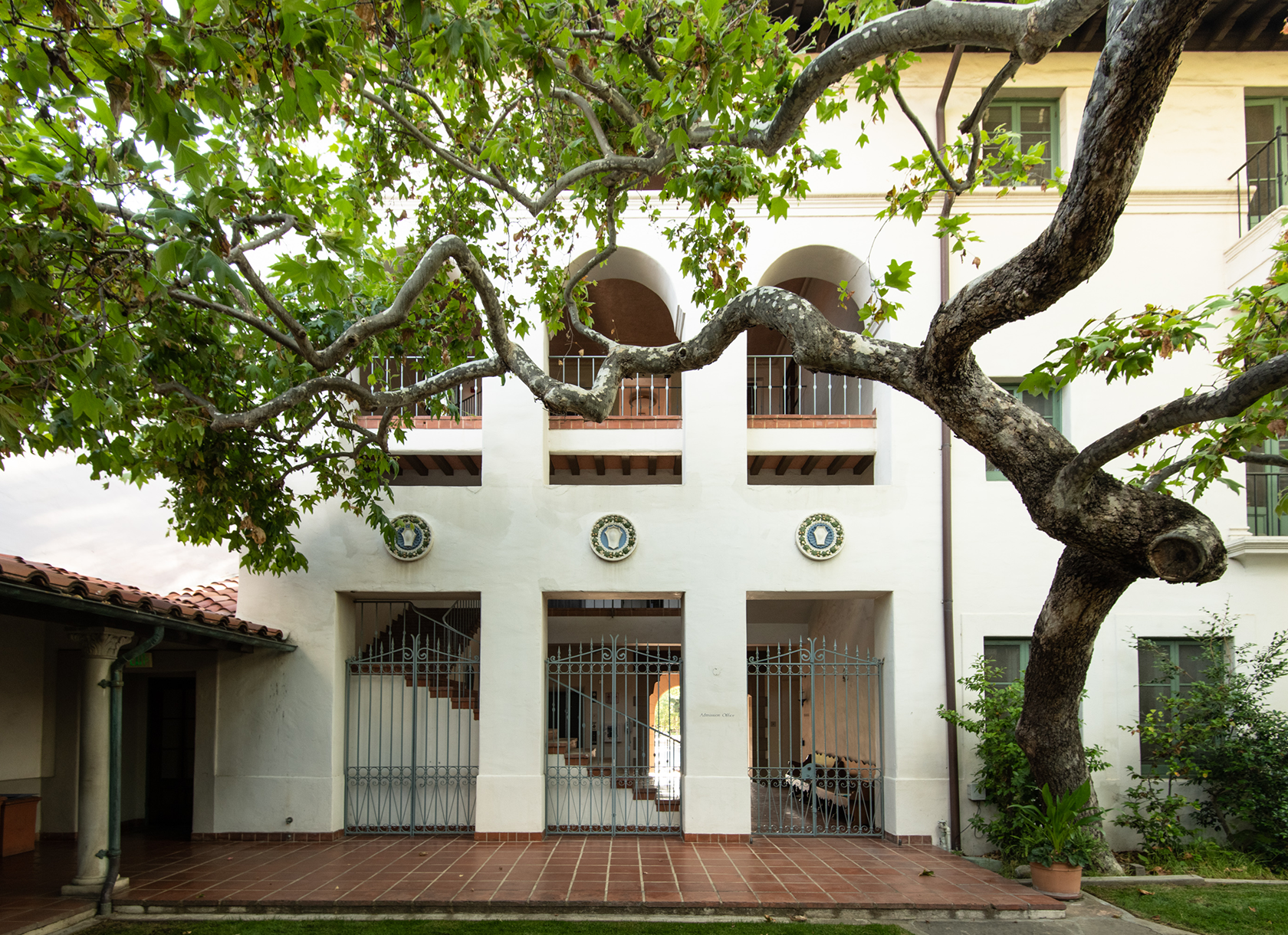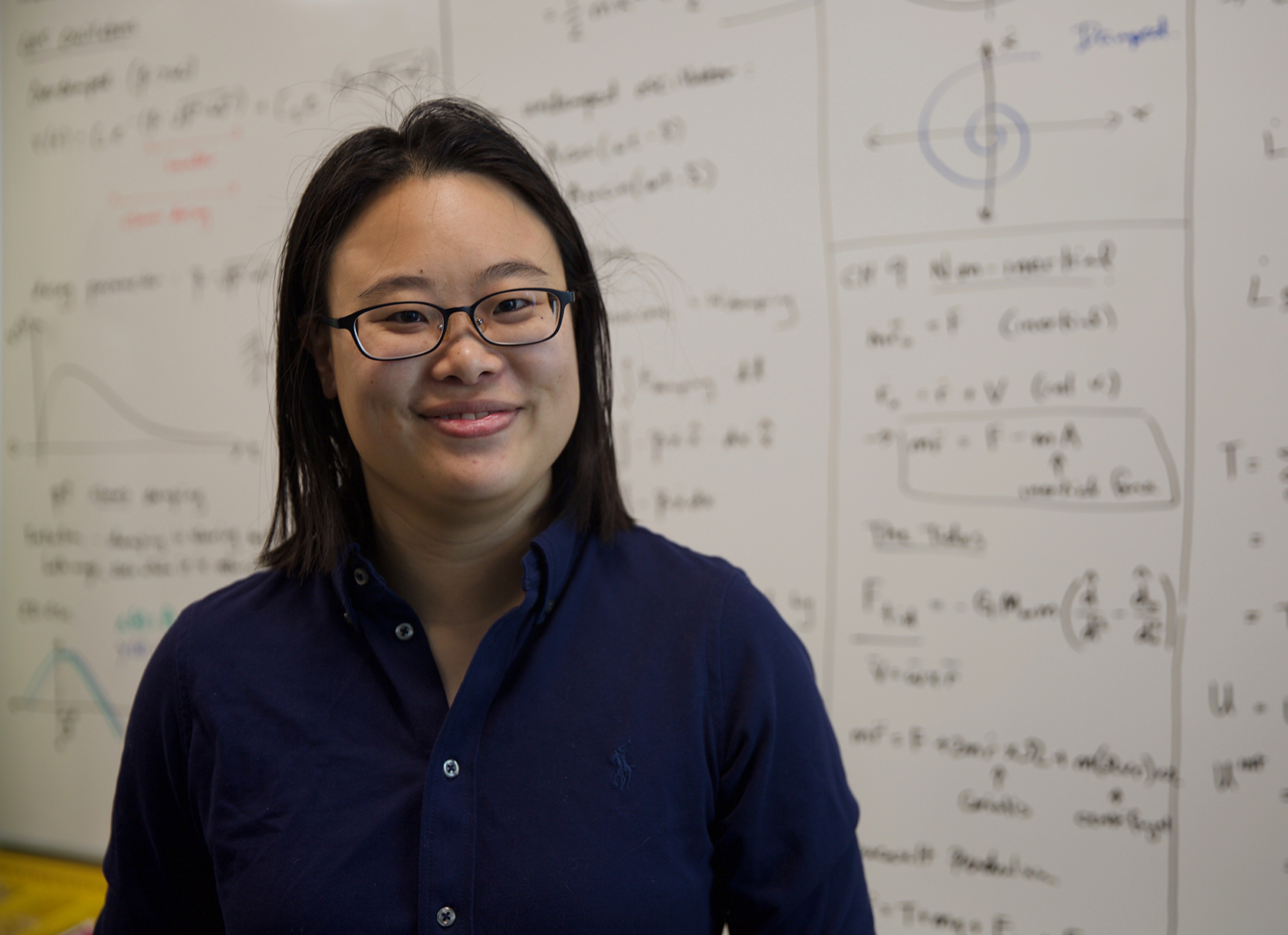Newsroom
Spotlight on Faculty Series (page 12)
Visiting Lecturer Jessica Christian ’07 Connects the United States’ Past to Its Present
For Visiting Lecturer of History Jessica Christian ’07, the past is always present. Although she’s teaching an introduction to US history course, the subjects she’s covering—which include disease, colonization, environmentalism, and politics—feel both modern and familiar in a year marked by a global pandemic, protests for racial justice, and an unprecedented presidential election season.
Read MoreRivka Weinberg to Discuss COVID-19, Public Health Leadership, and Authoritarian Politics at Harvard University
On October 6, Professor of Philosophy Rivka Weinberg will take part in a panel on US public health leadership during the coronavirus pandemic.
Read MoreSpotlight on Faculty: Assistant Professor of Religious Studies and Chair of the Department of Religious Studies Luis Salés
As part of our ongoing series on Scripps’ faculty, the Office of Marketing and Communications sat down with Luis Salés to discuss non-Western Christianities, women’s rights in the Roman Empire, and Mexican-Russian fusion cooking.
Read MoreSuchi Branfman to Discuss Collaborative Dance and Choreography at Institute of Contemporary Art, Los Angeles
Dance faculty Suchi Branfman will be part of an online discussion about collaborating with members of the incarcerated community for “Undanced Dances through Prison Walls during a Pandemic.” The dances in this project were choreographed inside the California Rehabilitation Center (CRC) in spring 2020.
Read MoreSpotlight on Faculty: Christopher Towse, Professor of Mathematics, Named Herron Family Endowed Chair in Mathematics
For Professor of Mathematics Christopher Towse, who was appointed this summer to the Herron Family Endowed Chair in Mathematics, partnering with students to explore theoretical concepts is vital to his teaching and research. “At Scripps, math makes the most sense when there’s lots of student involvement,” he says.
Read MoreFocus on the Faculty: Professor of Biology and Environmental Science Diane Thomson
California’s wildfires are notorious for their power to wreak phenomenal damage and devastation. But when an accidental blaze burned portions of Claremont’s Robert J. Bernard Biological Field Station (BFS) in 2013, Professor of Biology and Environmental Science Diane Thomson and her students worked to generate something positive from the situation by collecting valuable data about the fire’s effects on the natural landscape.
Read MoreScripps Faculty Take Over WAMC’s Academic Minute
Scripps College faculty will be featured daily during the week of June 1, 2020, on WAMC Northeast Public Radio’s Academic Minute, a daily podcast dedicated to condensed updates on groundbreaking research. Hosted by Dr. Lynn Pasquerella, president of the Association of American Colleges and Universities, Academic Minute features a different professor each day, drawing experts from top research institutions.
Read MoreSuchi Branfman Receives 2020 Diversity Teaching Award
Scripps College choreographer, performer, educator, and activist Suchi Branfman is one of The Claremont Colleges’ 2020 Faculty Diversity Teaching Award recipients. The Claremont Colleges Diversity Teaching Award recognizes those who regularly and effectively address issues or concerns related to diversity, equity, and inclusion through their classroom practices and curriculum.
Read MoreSpotlight on Faculty: Assistant Professor of Physics Sarah Marzen
Last fall, 11 new tenure-track faculty members joined Scripps College. As part of our ongoing series on Scripps’ faculty, the Office of Marketing and Communications sat down with Sarah Marzen to discuss humans’ ability to predict the world around them.
Read MoreSpotlight on Faculty: Assistant Professor of Physics Janet Sheung
This fall, 11 new tenure-track faculty members joined Scripps College. As part of our ongoing series on Scripps’ faculty, the Office of Marketing and Communications sat down with Janet Sheung to discuss math, painting, and how life has a will of its own—even at the cellular level.
Read More

